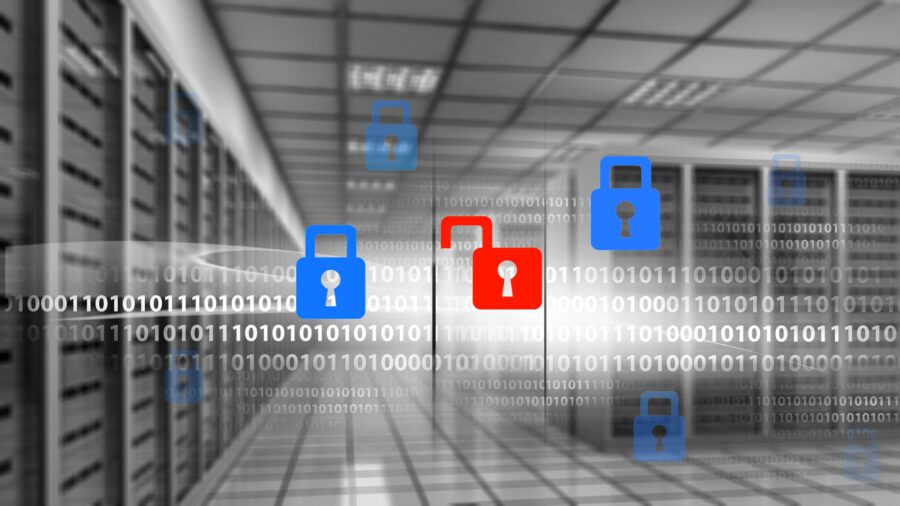
Data analytics tools allow users to quickly and thoroughly analyze large quantities of material, accelerating important processes. However, individuals must ensure to maintain privacy while doing so, especially when working with personally identifiable information (PII).
One possibility is to perform de-identification methods that remove pertinent details. However, evidence has suggested such options are not as effective as once believed. People may still be able to extract enough information from what remains to identify particular parties.
The important role of differential privacy in protecting PII
PII encompasses any information that people could use alone or with other data to identify individuals. Names, addresses, passport numbers and financial details are some examples. Since everything from shopping online to visiting the doctor requires this information, humans exchange them daily. However, they also expect that entities storing, processing and using the content will keep it safe.
Differential privacy techniques make that possible. They typically involve applying mathematical frameworks to allow data analytics professionals to work with PII while maintaining the respective parties’ privacy.
These options have become crucial since more than 128 countries have created relevant laws, with many others working on reaching that point. Those require data analysts and others to follow appropriate procedures to maintain individuals’ anonymity.
Differential privacy techniques introduce random information to groups of data, inserting “noise” that causes a masking effect. Additionally, people can alter the noise magnitude to increase or decrease the privacy level.
This topic has also arisen as more parties have begun applying machine learning to their data analysis techniques. Is it possible to train advanced algorithms while simultaneously protecting people’s privacy? Those familiar with the matter say data professionals do not have to choose between one or the other. Their work shows that differential privacy can enhance regularity to improve how machine learning algorithms perform.
Privacy is becoming a top concern for many
People have begun to realize how valuable their data is to those who collect it. They want assurances that those parties will follow all appropriate best practices to prevent breaches, misuse and other issues that could compromise privacy.
Unfortunately, data breach notification emails have become all too common, and many individuals feel it is impossible to provide their details to a third party and rest assured they will be well-protected.
Stipulations associated with particular types of information can also cause complications for data analysts. For example, if health care data contains 18 specific identifiers, people cannot publicize it without the patient’s permission. Similar rules apply to people collecting or reviewing payment card details.
Even as some concerned parties consciously keep privacy at the heart of their data usage and distribution centers, it is becoming more challenging to find options that fit people’s privacy needs. For example, Mozilla Firefox has earned a reputation as one of the more privacy-centric web browsers.
However, it also receives payments from Google for making that browser Firefox’s default option. Since Google uses many tracking mechanisms to see how people use the internet, it is considered one of the least private choices. However, statistics showed 83% of Mozilla’s 2021 revenue came from Google due to that default browser choice.
If data analysis professionals assure people that they will protect PII with differential privacy techniques, those parties may feel more willing to provide details and feel confident about that decision.
Application-specific ways to apply differential privacy
Although using differential privacy methods involves adding random noise to data, some people have developed purpose-built ways to rely on it for highly precise needs.
1. Adding noise
Imagine applying data analysis to health care details about a diagnosis that less than a dozen people in the world have. The tiny number of diagnosed individuals makes privacy preservation more complicated while simultaneously increasing the complexity of finding others who may have the condition. That was the case faced by researchers from Macquarie University as they used a method called Bloom filter encoding to achieve differential privacy.
The group created algorithms that add enough noise to the data to blur precise specifics and prevent extracting information from individual records. Even so, it enables people to match and cluster patterns within records from people sharing a particular health condition. When the team tested this method on voter registration data, it showed high privacy-protection capabilities and a negligible error rate, even on severely corrupted files.
2. Locality-sensitive hashing
In another case, researchers developed a new method that relies on a technique called locality-sensitive hashing (LSH). It allows them to create a concise summary from gigantic amounts of records. Those involved believe their work would allow companies to combine machine learning with differential privacy, extracting valuable information while safeguarding sensitive content.
They also noted that existing differential privacy methods are difficult to scale due to data’s multidimensional nature. Thus, the computational infrastructure and memory requirements grow as the material becomes more complex. However, this group’s LSH approach is 100 times less expensive to implement than its counterparts.
Differential privacy techniques fit modern needs
Using differential privacy allows data analysts to examine sensitive material without sacrificing people’s private details. Those who currently apply it in their work or plan to soon should expect to see additional options revealed as more researchers explore the possibilities.
